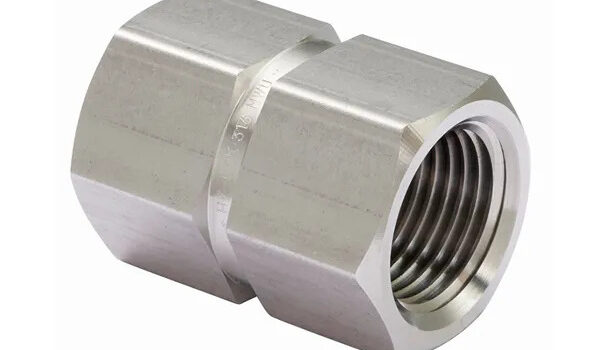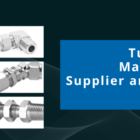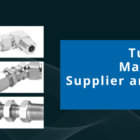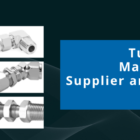Types, Applications, and Using Benefits of Tube Fittings
Tube fittings are an essential component in the piping and tubing systems of many industries. These fittings provide a safe and efficient way to connect, disconnect, and control the flow of fluids or gases in various applications. In this blog, we will discuss the different types of tube fittings, their applications, and the benefits of using them in various industries. Mcneil Instruments Exporting their Tube Fittings Worldwide
Some of the most common types of tube fittings
Types of Tube Fittings There are many types of tube fittings available in the market, each designed to fit a specific application.
- Compression Fittings – These fittings are used to connect two pipes or tubes by compressing a ring onto the pipe or tube.
- Push-In Fittings – Also known as quick-connect fittings, push-in fittings are used to connect two pipes or tubes by simply pushing them together.
- Flare Fittings – These fittings are used in high-pressure applications and have a cone-shaped end that seals the tube with a nut.
- Barbed Fittings – These fittings have barbs or ridges that grip the inside of the tube and provide a secure connection.
- Camlock Fittings – These fittings are used in the transfer of fluids and are designed for quick and easy connection and disconnection.
Applications of Tube Fittings
Tube fittings are widely used in various industries, including:
- Oil and Gas Industry – Tube fittings are commonly used in the oil and gas industry for fluid and gas transfer applications.
- Chemical Industry – The chemical industry uses tube fittings for handling hazardous and corrosive materials.
- Pharmaceutical Industry – The pharmaceutical industry uses tube fittings in the manufacture of drugs and medical devices.
- Food and Beverage Industry – Tube fittings are used in the food and beverage industry for the hygienic transfer of fluids and gases.
Benefits of Using Tube Fittings
Using tube fittings in your piping and tubing system can offer several benefits, including:
- Easy installation: Tube fittings are designed for easy installation, with minimal tools and expertise required. This makes them a popular choice for many industries and applications.
- Leak-free connections: Tube fittings create a secure and tight seal, which prevents leaks and ensures the efficient flow of fluids or gases.
- Versatility: Tube fittings are available in a wide range of sizes, materials, and configurations, making them suitable for a broad range of applications.
- Durability: Tube fittings are typically made from high-quality materials, such as stainless steel, brass, or aluminum, which makes them durable and long-lasting.
- Corrosion resistance: Many tube fittings are designed to resist corrosion, making them ideal for use in harsh environments where corrosive substances are present.
- Flexibility: Tube fittings can be easily disconnected and reconnected, allowing for easy maintenance and repair.
Overall, tube fittings are a reliable, cost-effective, and efficient solution for many industries and applications.
Conclusion
In conclusion, Mcneil Instruments Inc. is Tube Fittings Manufacturer, supplier, and Exporter in India. Tube fittings are an essential component of any piping and tubing system, providing a safe and efficient way to connect, disconnect, and control the flow of fluids or gases in various applications. With their easy installation, secure connection, durability, and versatility, tube fittings are a reliable choice for many industries.











